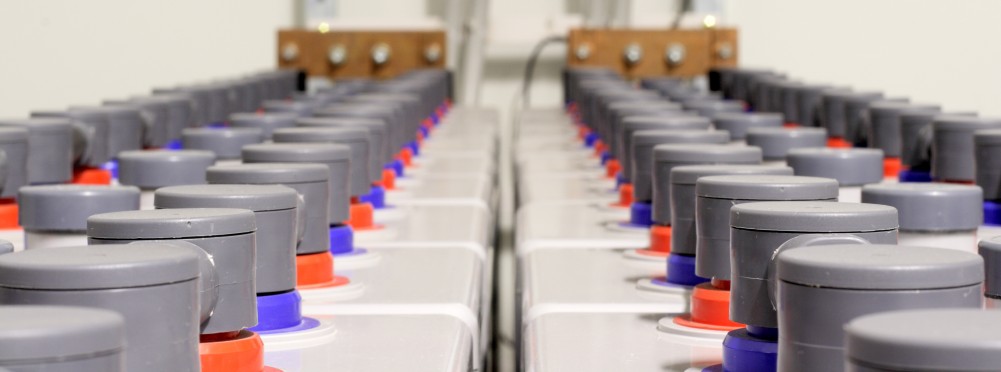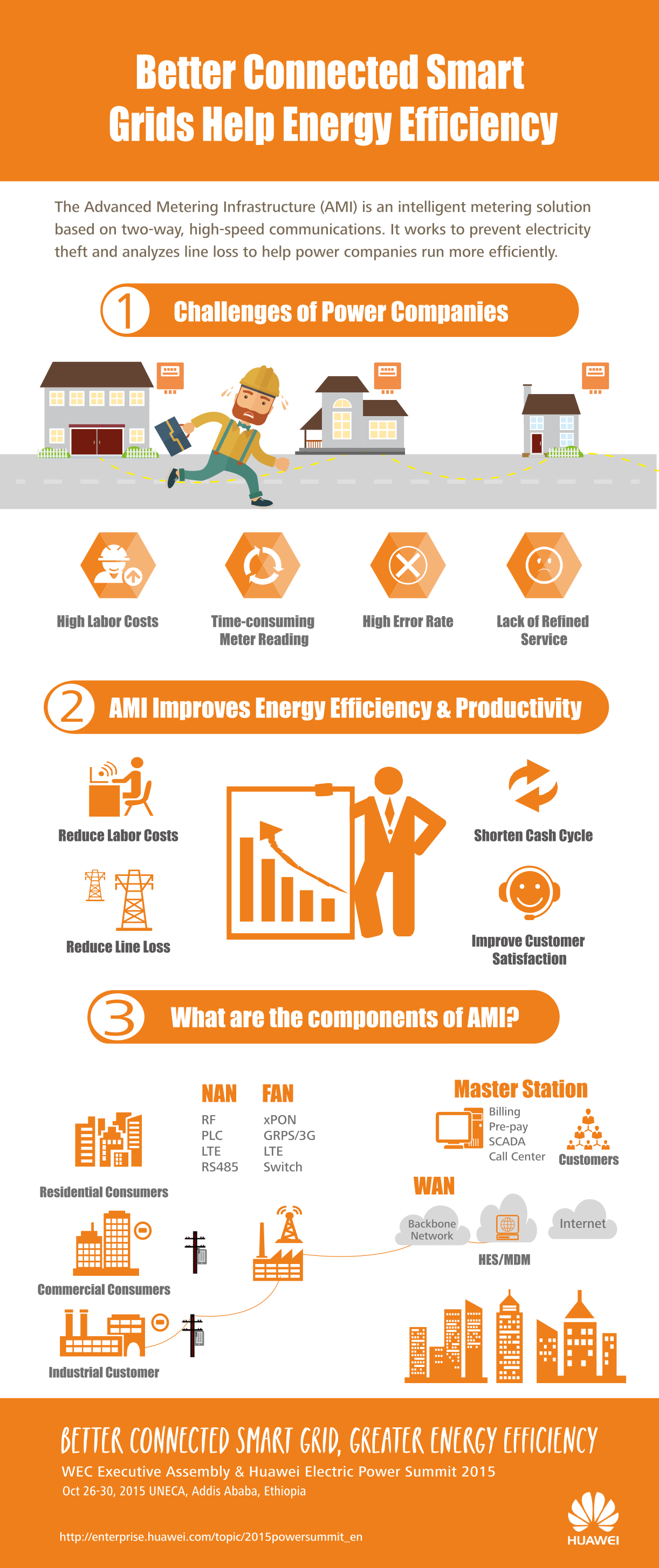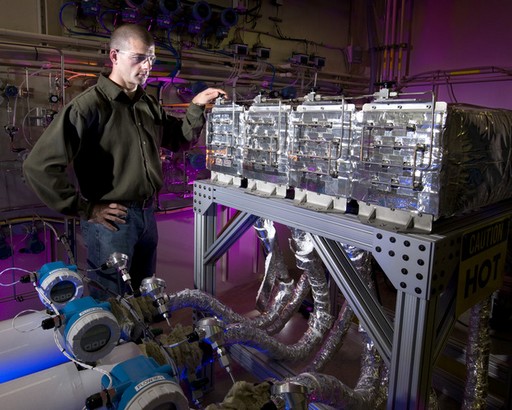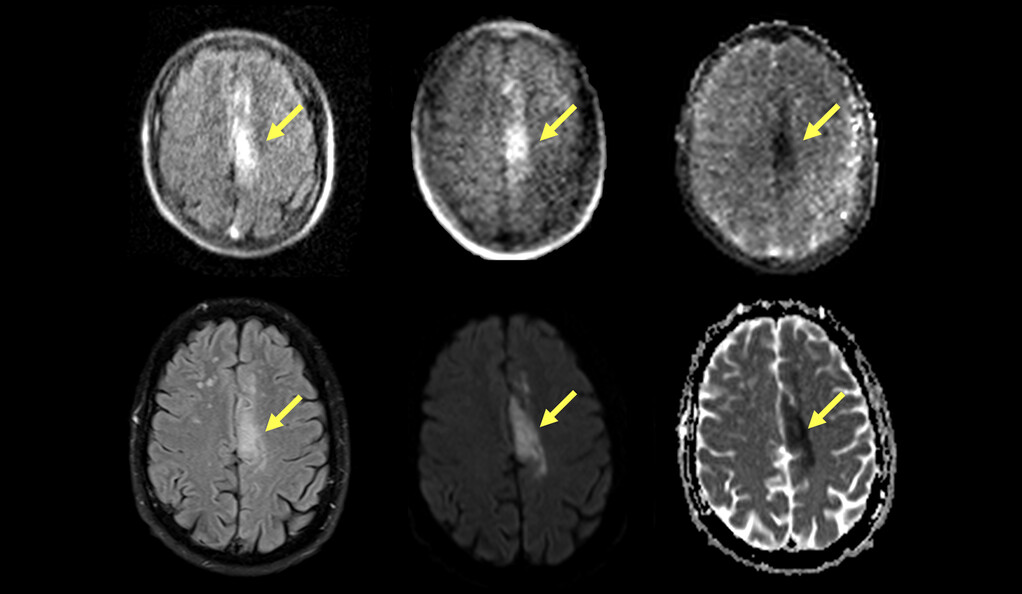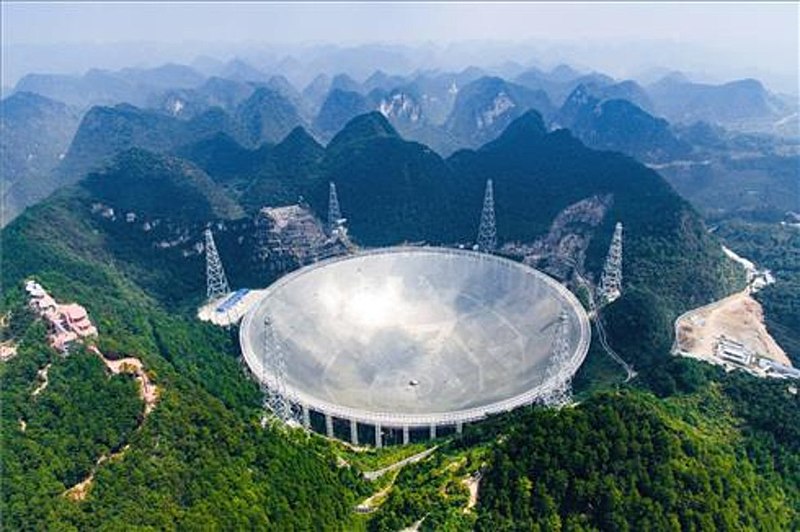Modernizing Electric Power Transmission & Distribution
There is widespread demand for better battery storage for consumer electronics, electric vehicles and especially smart electric grids. The result is a perfect storm in favor of unprecedented levels of funding and research to create new technologies in these areas.
Are Breakthroughs Happening in Grid Energy?
As IndustryTap has reported, Elon Musk’s Powerwall will bring energy storage to the home and has the potential to power the entire United States. At the same time, new networking and software solutions such as the Advanced Metering Infrastructure (AMI) are being developed to vastly improve energy efficiency.
The following infographic from Huawei shows how a better connected smart grid, aka an Advanced Metering Infrastructure (AMI), will help improve energy efficiency and reduce emissions.
Worldwide Efforts to Improve Grid Storage
The US Department of Energy (DOE) keeps a global energy storage database detailing worldwide projects in energy storage including electrochemical, electromechanical, hydrogen storage, pumped hydro storage, and thermal storage. The US National Renewable Energy Laboratory has published a report “The Value of Energy Storage for Grid Applications,” a multinational assessment of the potential value of demand for energy storage systems.
Grid Energy Storage Cost Trends
According to recent reports, the global market for grid energy storage is expanding due to widespread applications for power generation, distribution, and end-users, as well as significant decreases in the cost of photovoltaic (PV) and Li-ion batteries. According to Citigroup, this has led to a large increase in investment in grid energy storage.
At the same time, the adoption of grid energy storage will receive a boost from a projected 41% decline in grid energy storage system costs by 2020. Today’s grid energy storage balance of system costs is about $670 per kilowatt, and this number should fall to about $395 per kilowatt.
How Smart Grid Technologies Will Improve Efficiency
The following infographic shows smart technologies could solve many of the operational problems in the US electric system and in the end reduce emissions by 58%. As is clear the current US grid has too many players, old and inefficient technology that leads to outages, and very high costs when power disruptions occur. In addition, threats to the US economy, the insurance industry and social order exist due to utilities and an energy infrastructure that are vulnerable to cyberattack. Costs of a serious attack are estimated in the billions.

Smart Grid (Image Courtesy www.inhabitat.com and the New Jersey Institute of Technology: http://www.njit.edu/)
New Energy Storage Industry Standards Emerging
The recent adoption of new energy storage industry standards known as GRIDSTOR was proposed by DNV GL and recommended guidelines for the safe installation and operation of grid-connected energy storage systems.
The energy industry is getting out from under the thumb of government and the currently inflexible utilities sector. This is leading to new policy changes, increase privatization, an inflow of capital, as well as smart metering and smart grid services that are reducing transmission losses while meeting growing electricity demand.
The following video by NEC discusses why grid energy is so important.

